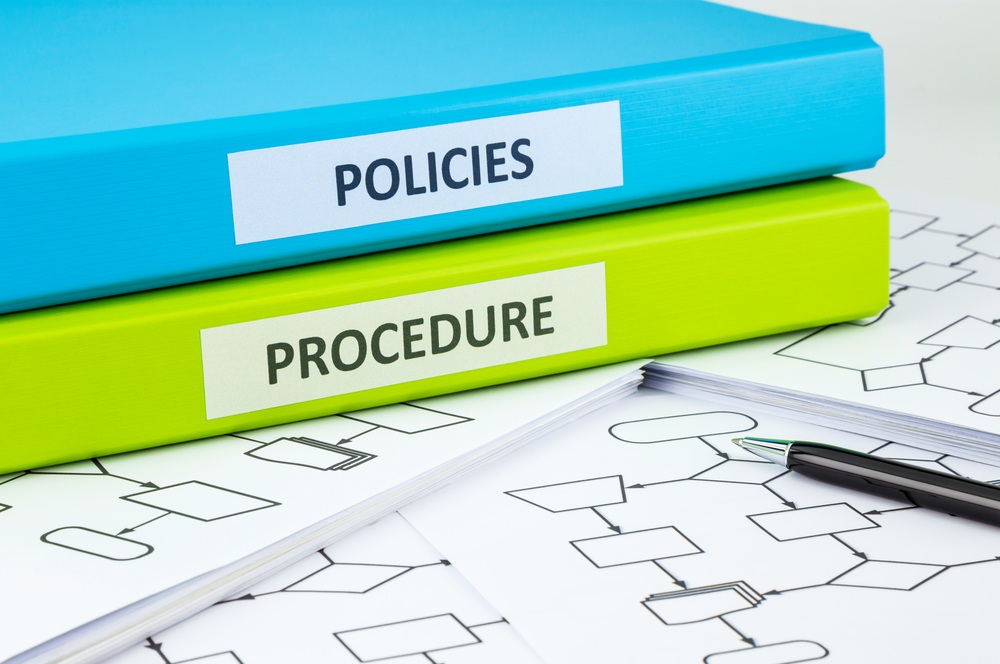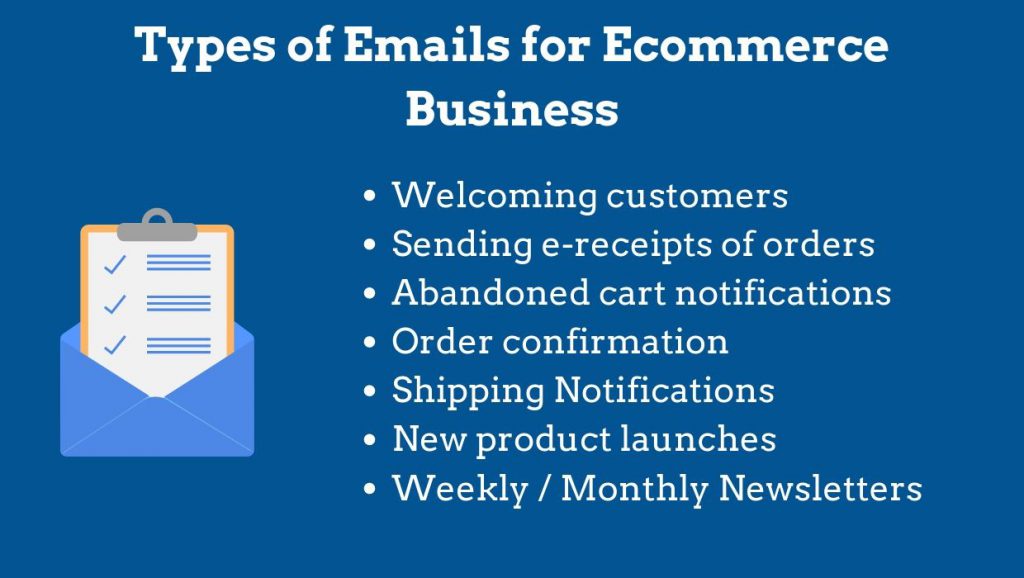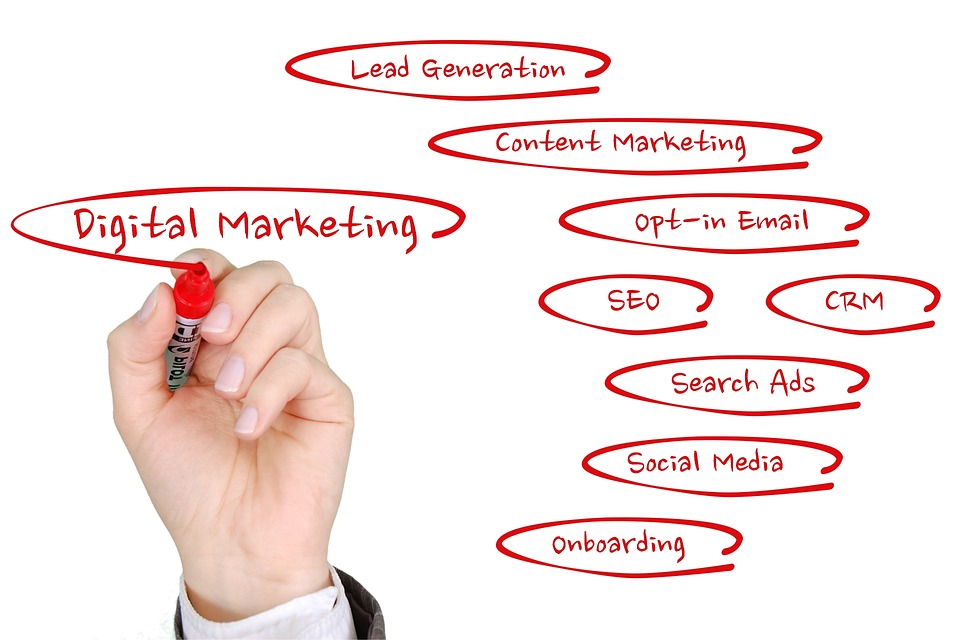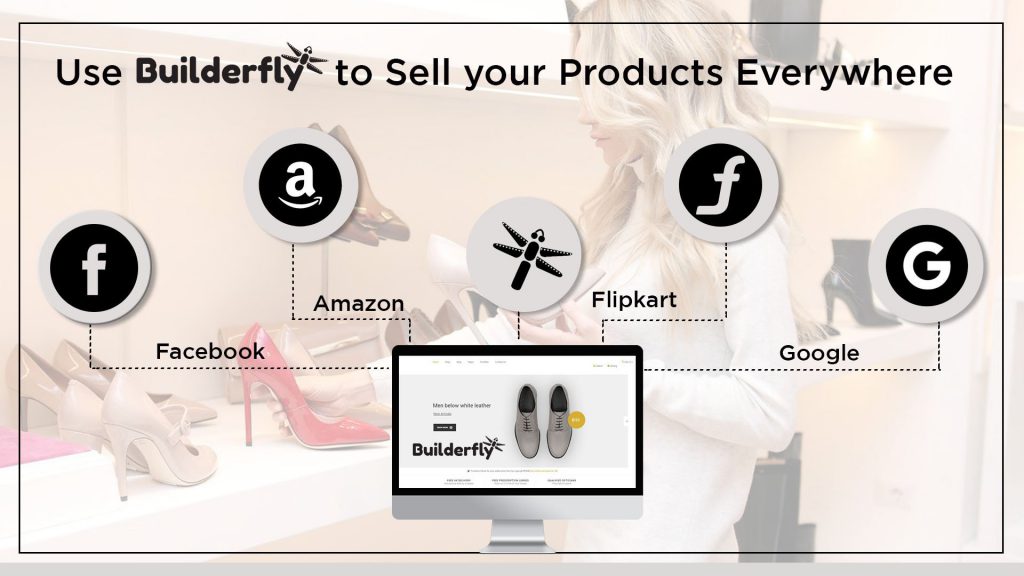“The way to get started is quit talking and start doing” – Walt Disney, creator of Disneyland
Once you have registered your business, we’re sure you are super-excited to come on-board. But, before starting there is a lot of stuff to manage in the backend.
The first thing that you do, just after the registration is choosing a theme and making your ecommerce store. And, after uploading a few products, you feel like you are done.
Though the primary goal is to earn the money out of your business, your only vision is to bring long-term benefits. For turning your business idea to one of the future brands, you need to invest huge time in your business.
Are you ready to launch the store?
Hold on! You may call it a checklist for your ecommerce store, but these are certain essentials to keep handy before your customers go and start exploring your website.
Create your Standard Web Pages
Though ecommerce websites are entirely dynamic and change as per the market trends, there are certain static web pages also. Even if a lot of theory doesn’t fascinate you for these web pages, you have to follow the same standard format as per your industry. These pages aren’t only to build the trust of the people upon your brand but enable you to gain some healthy traffic also. Below are the standard web pages that you need to include in your sitemap:

Home Page: Your store’s homepage is the main landing page of your site. As an ecommerce business, it will not be full of content but will be piled up with the major categories in which you deal. With the full-fledged banners, you can tell your customers about the seasonal sale and the discounts you have announced recently. You can experiment with your home page, but keep the blueprint/ mockup handy if you are looking for customization of your store.
About Us: A must-have page for every brand. Your “About us” page enables you to share the amazing story of your brand to your potential customers. Here you can get creative at any level, because people love to listen about the ‘inspiring moment’ of your life and it can boost your brand value.
When you are a problem solver, it motivates people to become your customers, and can be the partners or the brand ambassadors in your journey. It all depends on how you present your brand and its story.
Contact: You never know the way with which your potential customers want to interact with you. That’s why it is better to mention all the possible contact options on the contact page. This way you won’t be losing any of the sales opportunities.
Frequently Asked Questions (FAQs): You are just getting started and maybe some of your customers might have questions. These questions can be regarding product customization, shipping, return policy, or additional cost for urgent shipment. You can take the reference of your competitor’s FAQ page and can create the one for your brand.
Shop: If you have a different page of your ecommerce store, which is usually with the title “Shop” or “Store” then you can mention that for easy navigation. This helps customers navigate to your shop at their ease.
Review your Business Policies
Your business policies will surely change as well as upgrade with time. By keeping them on your store, you can maintain a transparent relationship with your customers as well as clients. A confusion in business policies can directly affect your business, and that’s why it is better to consider them for first. Your ecommerce policies include:

Terms & Conditions: It involves general terms and conditions of business conduction and online trade. You will add more details of the company and legal terms here.
Tax Settings: Depending on your trade country, your tax settings will surely vary. As an Indian seller, your tax settings will have in-depth details about the GST levied on your products and the shipping services that you will be using to send the product to customers. It includes the details of the product tax codes (PTC) under which slab your product lies. Based on the distinct slabs, you can manage your customers.
Shipping Settings: In the shipping settings, you can update the shipping rates you will be charging to your customers. Here you can manage the distinct slabs as per volumetric weight as well as based on the product price.
Import & Export Policies: If you are planning to take your trade across the international boundaries, you must update your import & export policies.
Review Email Settings
For your ecommerce store, email is an important way to communicate with your potential audience. Before you go live, check whether you have updated the correct email address. This can improve your customer interaction rate and reduces the chances of losing customers as well as orders. Email is surely an attractive marketing tactic and helps you connect with your customers more happily. Though there are plenty of email marketing tools, at your Builderfly store, you have numerous in-built email templates. Based on such templates, you can customize and get the email series ready for:

Don’t forget to check the email configuration by sending the test mail to yourself. You can try on sending test mail for all the templates, to rest assured that your customers are receiving the mail in the same format.
Conduct Content Audit
As soon as you make your website/eStore live, your brand is ready to interact with everyone. So, bear in mind to review your web content before making it live. You may be thinking that you already spent a good amount of time in creating the content, so what’s the need. But, “your first impression, is your last impression” and that’s why you ought to conduct this content audit for your brand. And, let me tell you that you need to check on both the phases of the website audit:
Non-technical Audit: In the non-technical audit, you need to check all the content as well as product images and the product descriptions for all of your products. Check for all the standard policy pages as well as their content.
- When optimizing images, add the alt tags as per the SEO perspective. Don’t add descriptive content keywords, be concise here.
- Compress your product images with the online available tools like TinyPNG. This helps the images load quickly.
- A/B testing: For certain products, contextual background images are better, for others, a white background can be the necessity. So, with A/B testing, you can check on the images and try with both the options.
Technical Audit: You can take the help of your SEO team to conduct a technical audit of your website. It involves:
- Checking for the broken links,
- 404 error pages
- Image testing
- Miscellaneous rendering issues
- Multi-device responsiveness
- Impact of external plugins, if any.
Gear Up Your Business With the Pre-launch Marketing Strategy

During the initial stages of your business, It is necessary to frame an effective marketing strategy for your brand.
- You can always take a poll question or survey to understand the kind of products your customers will like. This helps you in collecting important data for your business.
- Take the help of digital marketing strategists to enhance your brand marketing. This helps you in further growing strategically.
- An effective brand marketing video can be your go-to for brand recognition. Here you can take a huge advantage of effective storytelling.
- Google Ads can connect your business to millions of customers.
Connect your Other Seller Panels

Linking all of your sales channels to your ecommerce store is an amazing way to build the trust of your customers. This not only increases your brand value but helps you a lot for SEO perspective as well. You can add the benefits like:
- Getting Value-adding Backlinks from all of your ecommerce portals directly to your store. This improves the count of organic traffic to your website. And, for sure these will be your genuine buyers.
- Personalized Orders: Not every ecommerce portal allows you to add the custom made orders in your listing, but you can mention this clearly on your store. You can mention the link to your store, in profile summary and when the customer interact with you directly, they can ask for, you can serve them with the personalized orders as well.
- Advantage of Brands: Since your brand is not popular in the market, selling your products with huge brands like Amazon, Flipkart, eBay, etc. adds credibility to the customers. Also, this helps you in handling your initial business and gives you insight about the shipping and taxation.
- Overcome Inventory Mapping: When selling across the ecommerce platforms like Amazon, inventory mapping can reduce your customers. But, a personalized ecommerce store builds the trust of customers that they are connecting with a manufacturer of the product. This ensures customers that they are purchasing at more affordable rates than that of retails sellers.
If you are already done with the business strategies, Let’s follow the checklist to cross-check and update if you’ve left anything.







